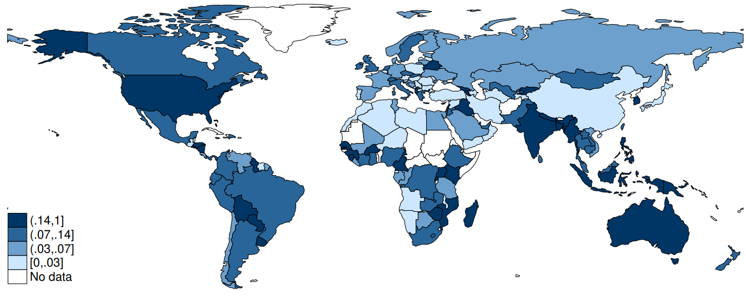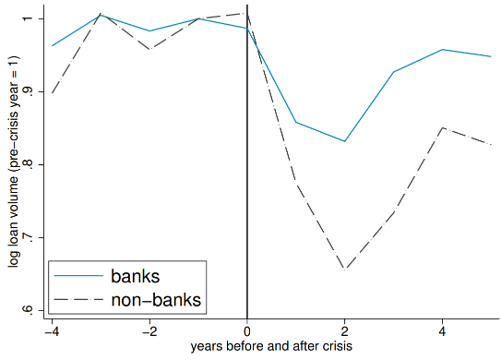References
Aldasoro, I, S Doerr and H Zhou (2022): “Non-bank lenders in the syndicated loan market”, BIS Quarterly Review, March.
Aldasoro, I, S Doerr and H Zhou (2023): “Non-bank lending during crises”, BIS Working Paper, No 1074.
Bolton, P, X Freixas, L Gambacorta, and P E Mistrulli (2016) “Relationship and transaction lending in a crisis”, The Review of Financial Studies, 29 (10), pp. 2643–2676.
De Jonghe, O, H Dewachter, K Mulier, S Ongena, and G Schepens (2020): “Some borrowers are more equal than others: Bank funding shocks and credit reallocation”, Review of Finance, 24 (1), pp. 1–43.
Doerr, S and P Schaz (2021) “Geographic diversification and bank lending during crises”, Journal of Financial Economics, 140 (3), pp. 768–788.
Laeven, L and F Valencia (2018): “Systemic banking crises revisited”, IMF Working Paper 2018/206.







